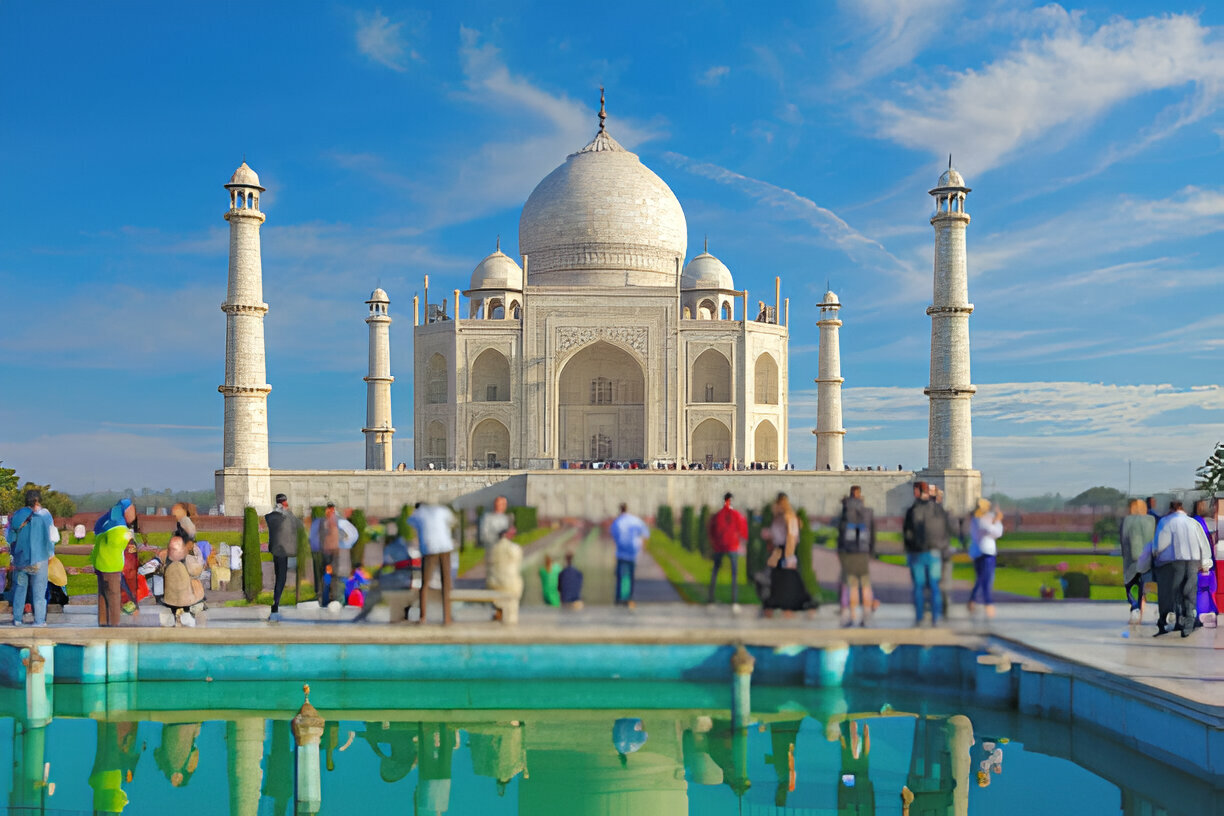The Taj Mahal, a timeless symbol of love and architectural brilliance, attracts millions of visitors each year. To make the most of your visit, it’s essential to consider the climate, as it can greatly enhance your experience. Located in Agra, India, the Taj Mahal enjoys a semi-arid climate with hot summers, mild winters, and a monsoon season.
The best time to visit the Taj Mahal is during the cooler months, from October to March. The weather is pleasant, with daytime temperatures ranging from 20°C to 30°C, making it ideal for exploring the monument and its surroundings. Visiting during this period allows you to avoid the intense heat of summer, which can soar above 40°C, and the heavy rainfall during the monsoon months.
To fully enjoy your visit, it’s advisable to plan ahead and secure your tickets in advance. With Tickets Taj Mahal, you can easily book your entry and avoid long queues, ensuring a hassle-free experience.
Whether you’re visiting in the cool winter months or the mild autumn, the climate plays a big role in making your Taj Mahal experience truly unforgettable. Don’t let the weather hold you back; plan your trip today!










Comment (0)